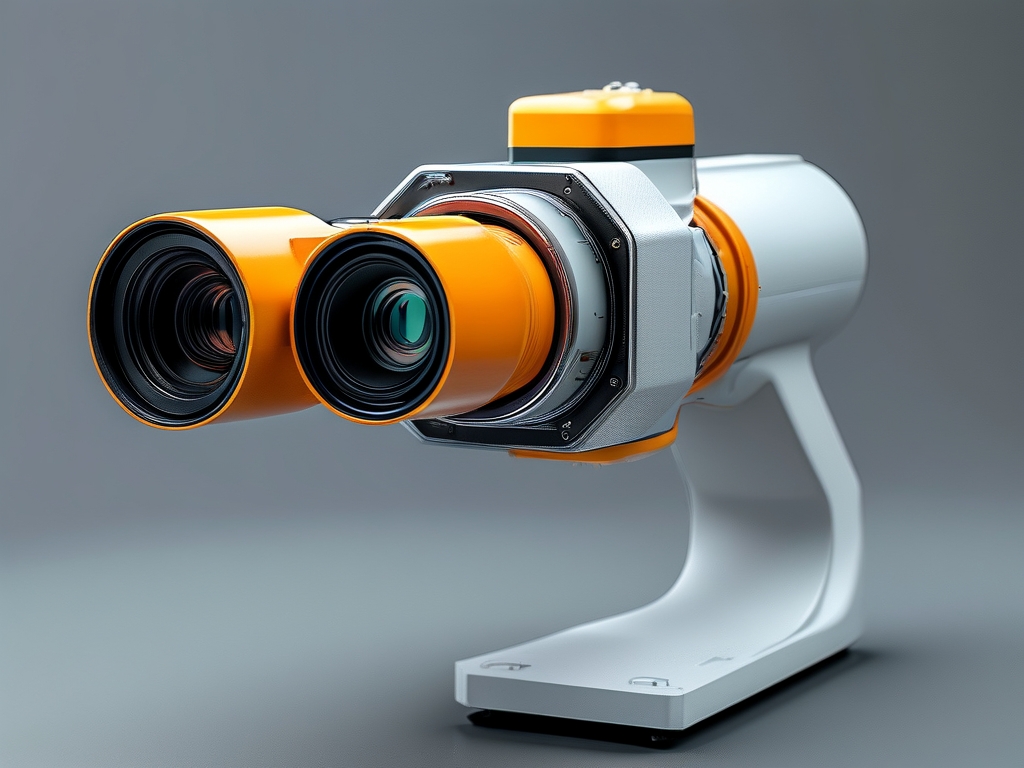The integration of embedded systems into medical devices has transformed healthcare, and endoscopy is no exception. Modern endoscopes, equipped with advanced embedded technologies, have become indispensable tools for diagnosing and treating gastrointestinal, respiratory, and other internal conditions. This article explores the role of embedded development in enhancing endoscopy systems, focusing on hardware design, software architecture, real-time processing, and future trends.

1. The Evolution of Endoscopy with Embedded Systems
Traditional endoscopes relied on optical fibers and analog imaging, limiting their diagnostic capabilities. The advent of digital imaging and embedded systems marked a paradigm shift. Today’s endoscopes integrate microcontrollers, sensors, and high-resolution cameras, enabling real-time visualization, data processing, and even therapeutic interventions. Embedded systems provide the computational power needed for tasks like image enhancement, motion stabilization, and automated detection of abnormalities.
2. Hardware Architecture of Embedded Endoscopes
A modern embedded endoscope comprises several critical components:
- Microcontrollers/SoCs: Low-power processors like ARM Cortex-M series or FPGA-based systems handle real-time image capture and sensor data.
- Image Sensors: CMOS or CCD sensors with high pixel density capture detailed visuals, even in low-light conditions.
- Communication Modules: Wireless protocols (e.g., Wi-Fi, Bluetooth) or wired interfaces (USB 3.0) transmit data to external monitors or cloud systems.
- Power Management: Efficient battery systems ensure prolonged operation during procedures.
For example, capsule endoscopes—a breakthrough in non-invasive diagnostics—use embedded systems to capture thousands of images as they traverse the digestive tract, transmitting data wirelessly to external receivers.
3. Software and Real-Time Processing
Embedded software plays a pivotal role in endoscopy:
- Real-Time Operating Systems (RTOS): OS like FreeRTOS or Zephyr manage multitasking, ensuring seamless operation of imaging, data transmission, and user inputs.
- Image Processing Algorithms: Edge detection, noise reduction, and AI-driven pattern recognition (e.g., identifying polyps or tumors) are executed on-device to minimize latency.
- Safety Mechanisms: Watchdog timers and error-checking protocols prevent system failures during critical procedures.
A case in point is AI-embedded endoscopes, which leverage machine learning models trained on vast datasets to highlight suspicious areas in real time, aiding clinicians in early cancer detection.
4. Applications in Minimally Invasive Surgery
Embedded endoscopes are not limited to diagnostics. In therapeutic endoscopy, they enable procedures like:
- Endoscopic Mucosal Resection (EMR): Real-time guidance systems assist in removing precancerous lesions.
- Laser Ablation: Embedded controllers regulate laser intensity for precise tissue targeting.
- Robotic Assistance: Motorized endoscopes, controlled via embedded haptic feedback systems, allow surgeons to navigate complex anatomies safely.
These advancements reduce patient recovery time and improve surgical outcomes.
5. Challenges in Embedded Endoscopy Development
Despite progress, developers face hurdles:
- Size and Power Constraints: Balancing performance with the compact form factor of endoscopes.
- Thermal Management: Prolonged operation risks overheating, requiring innovative cooling solutions.
- Regulatory Compliance: Medical devices must meet stringent standards (e.g., FDA, ISO 13485), necessitating rigorous testing.
6. Future Trends
The next generation of embedded endoscopes will likely incorporate:
- AI at the Edge: On-device neural networks for faster, privacy-compliant diagnostics.
- 5G Connectivity: Ultra-low-latency streaming for remote surgeries and telemedicine.
- Nanotechnology: Smaller, smarter sensors for unprecedented diagnostic accuracy.
Embedded development has revolutionized endoscopy, turning it into a smart, interactive tool for modern medicine. By merging hardware innovation with intelligent software, embedded systems continue to push the boundaries of what’s possible in medical diagnostics and treatment. As technology evolves, the fusion of AI, IoT, and embedded engineering promises even more groundbreaking advancements in healthcare.









